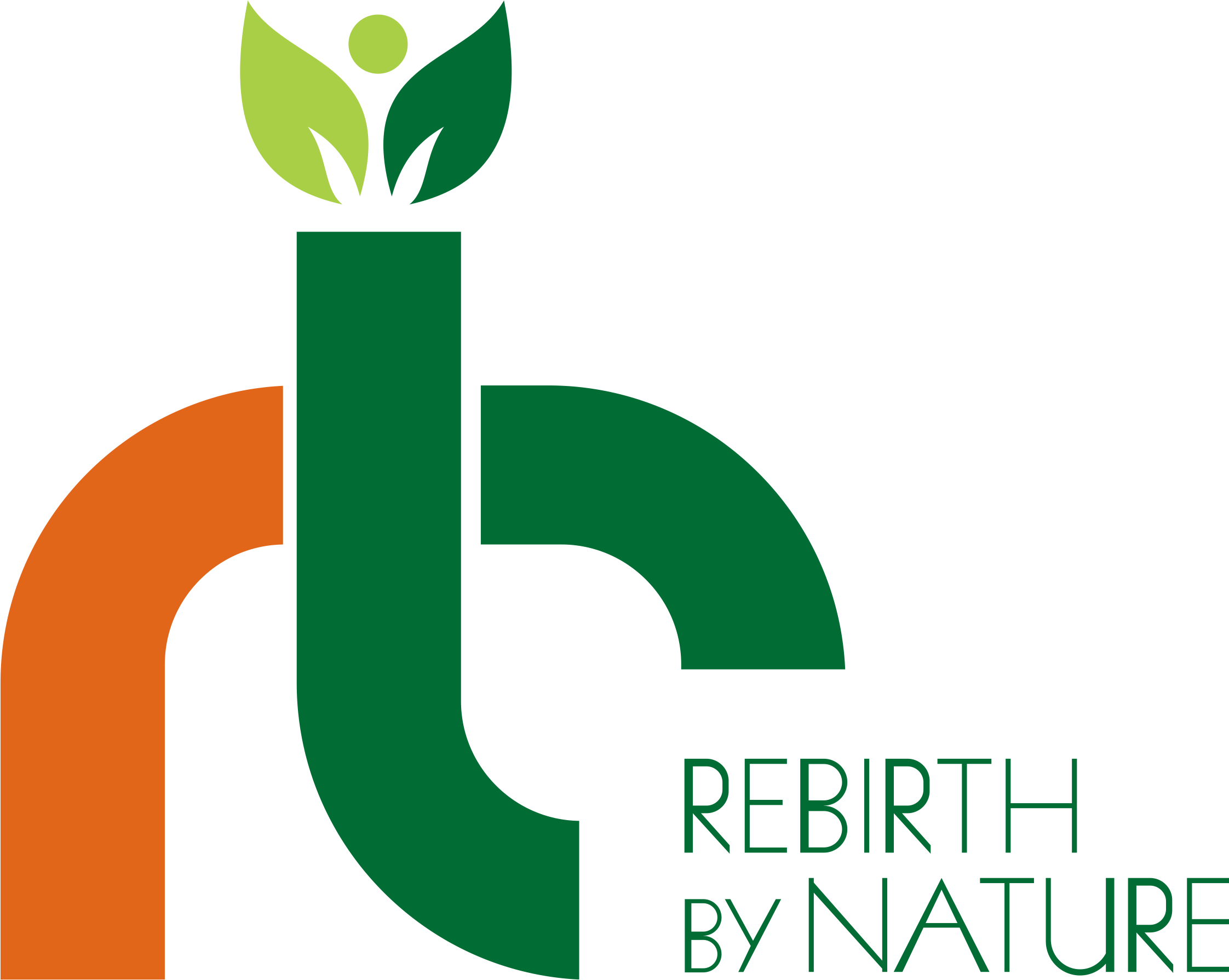The Hidden Hormonal Imbalance Affecting Women (and Men) Everywhere
Have you ever been told your symptoms are “just hormonal”? That bloating, mood swings, weight gain, and painful periods are just part of being a woman?
Let’s break that myth.
One of the most common — and misunderstood — hormone imbalances today is estrogen dominance. And it’s not just about having too much estrogen — it’s about the imbalance between estrogen and progesterone.
What Is Estrogen Dominance?
Estrogen dominance means that estrogen is too high relative to progesterone — even if your estrogen levels are within a normal range.
This imbalance can show up in a variety of ways:
- Heavy, painful, or long periods
- Breast tenderness or fibrocystic breasts
- Bloating, especially in the lower belly
- PMS and mood swings
- Weight gain around hips, thighs, or abdomen
- Brain fog and fatigue
- Difficulty sleeping
- Increased anxiety or irritability
In men, estrogen dominance can lead to low libido, belly fat, and even gynecomastia (breast development).
What Causes Estrogen Dominance?
In functional medicine, we never look at symptoms in isolation. Estrogen dominance often points to deeper imbalances like:
1. Poor detoxification: If your liver is sluggish, estrogen isn’t properly broken down and eliminated.
2. Gut dysbiosis: A disrupted microbiome (especially low good bacteria and high beta-glucuronidase) can cause estrogen to be reabsorbed instead of eliminated.
3. Chronic stress: Stress depletes progesterone, making estrogen appear “dominant.”
4. Exposure to xenoestrogens: These are estrogen-like chemicals in plastics, cosmetics, pesticides, and household cleaners.
5. Insulin resistance: High insulin can drive the ovaries to produce more estrogen.
Testing for Estrogen Dominance
Blood tests often miss the full picture. That’s why a DUTCH test (by Precision Analytical) is helpful — it shows:
- Estrogen and progesterone levels
- Estrogen metabolism pathways (are you detoxifying it safely?)
- Cortisol and adrenal function
- DHEA, testosterone, and melatonin levels
With this data, we can create a custom plan to rebalance hormones safely and naturally.
Functional Solutions That Work
Functional medicine is not about quick fixes — it’s about root cause healing. Here’s where we start:
1. Support Detox Pathways
- Eat cruciferous vegetables like broccoli, cabbage, and kale
- Add ground flaxseed to your meals
- Stay hydrated and move your body daily
- Consider DIM or calcium-D-glucarate (with guidance)
2. Heal the Gut
- Reduce sugar, processed foods, and alcohol
- Take probiotics and eat fermented foods
- Address constipation — daily bowel movement is non-negotiable
3. Balance Blood Sugar
- Eat protein and fiber-rich meals
- Avoid skipping meals
- Limit refined carbs and sugary snacks
4. Lower Xenoestrogen Exposure
- Switch to glass containers
- Use natural skincare and cleaning products
- Avoid microwaving in plastic
5. Support Progesterone Naturally
- Manage stress
- Prioritize sleep
- Vitex (chasteberry) may support progesterone (when used correctly)
Estrogen dominance is not a life sentence. It’s your body waving a flag, asking you to slow down, tune in, and rebalance. With the right tools, knowledge, and support — you can reclaim your energy, mood, and vitality.
Need help interpreting your hormone test or building a hormone-balancing plan?
[Let’s work together — start here].

